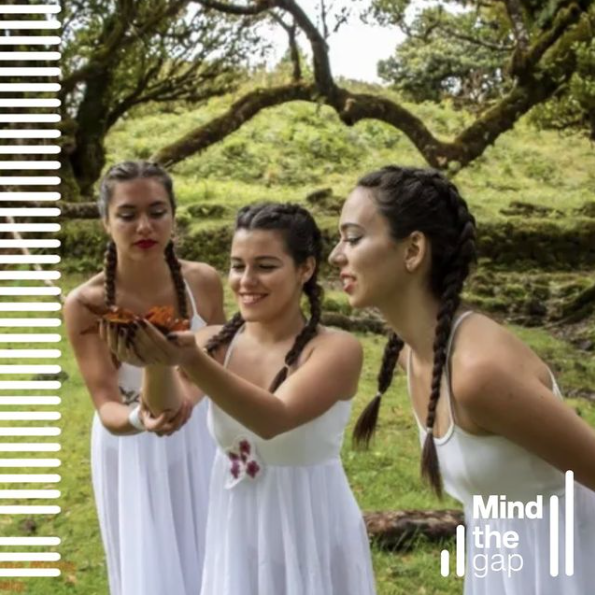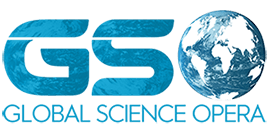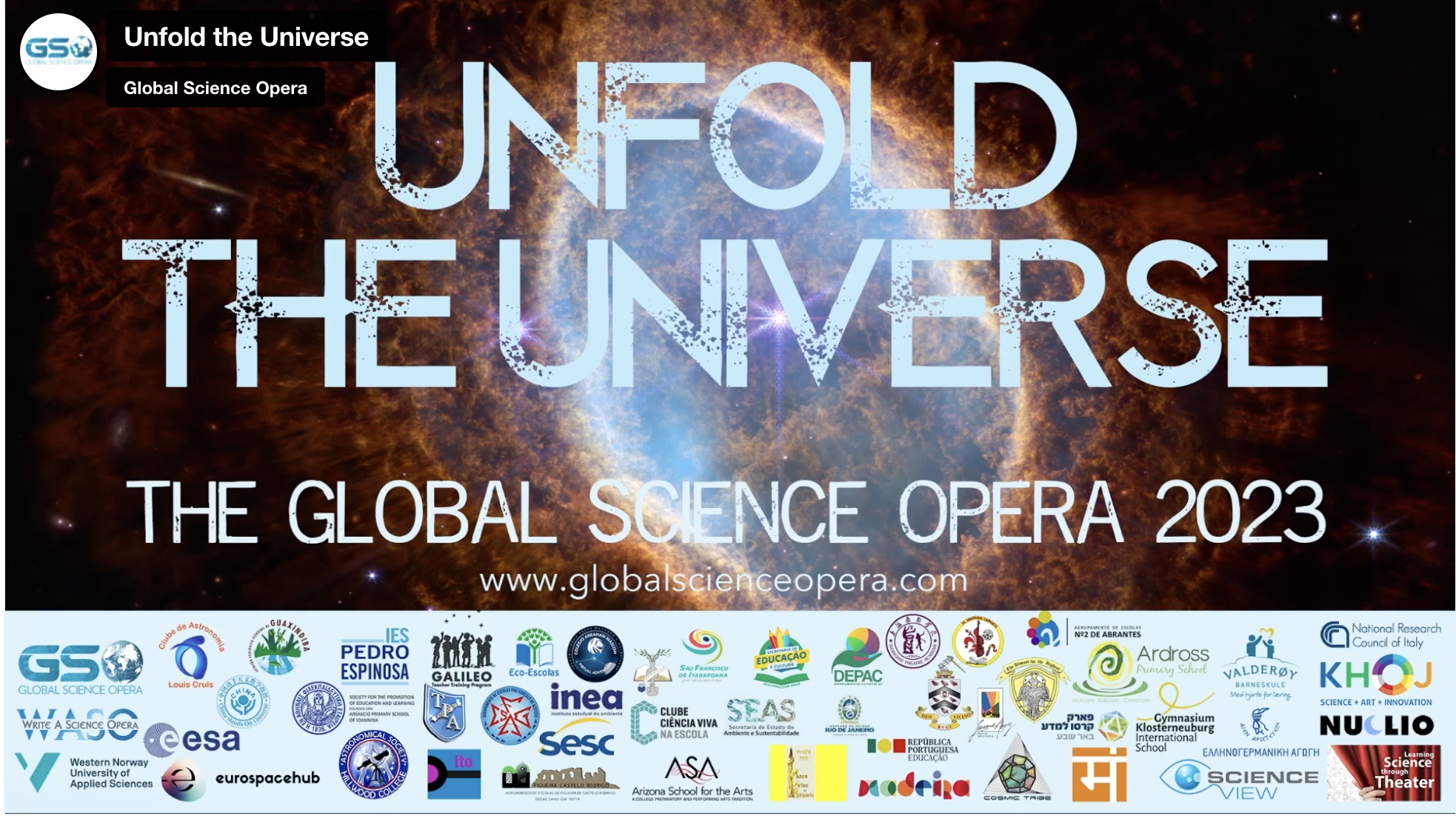Archive for year: 2023
Unfold the Universe
/in Ukategorisert /by Janne Iren Robberstad
The bright star at the center of NGC 3132, while prominent when viewed by NASA’s Webb Telescope in near-infrared light, plays a supporting role in sculpting the surrounding nebula. A second star, barely visible at lower left along one of the bright star’s diffraction spikes, is the nebula’s source. It has ejected at least eight layers of gas and dust over thousands of years.
But the bright central star visible here has helped “stir” the pot, changing the shape of this planetary nebula’s highly intricate rings by creating turbulence. The pair of stars are locked in a tight orbit, which leads the dimmer star to spray ejected material in a range of directions as they orbit one another, resulting in these jagged rings.
Hundreds of straight, brightly-lit lines pierce through the rings of gas and dust. These “spotlights” emanate from the bright star and stream through holes in the nebula like sunlight through gaps in a cloud.
But not all of the starlight can escape. The density of the central region, set off in teal, is reflected by how transparent or opaque it is. Areas that are a deeper teal indicate that the gas and dust are denser – and light is unable to break free.
Data from Webb’s Near-Infrared Camera (NIRCam) were used to make this extremely detailed image. It is teeming with scientific information – and research will begin following its release.
This is not only a crisp image of a planetary nebula – it also shows us objects in the vast distances of space behind it. The transparent red sections of the planetary nebula – and all the areas outside it – are filled with distant galaxies.
Look for the bright angled line at the upper left. It is not starlight – it is a faraway galaxy seen edge-on. Distant spirals, of many shapes and colors, also dot the scene. Those that are farthest away – or very dusty – are small and red.
For a full array of Webb’s first images and spectra, including downloadable files, please visit: https:
The opera is inspired by the data and images from the James Webb Telescope, and in collaboration with NASA. 31 groups and schools from 17 countries are now sharing their scientific understanding through artistic creations through song, music, dance, acting and eco-art.
GSO workshops in Arizona, USA
/in Ukategorisert /by Oded Ben-HorinGlobal Science Opera (GSO) workshops in Phoenix, Arizona!
GSO workshops were held in September at Arizona School for the Arts (ASA) by Oded Ben-Horin, together with science educator Jeff Steinert. The workshops were held in four science classes and a music ensemble class during which students used a science-inspired cryptogram created by music educator Thomas Breadon as inspiration for improvisations. In addition, Ben-Horin provided a talk about GSO for the whole school. These activities were part of ASA’s participation in this year’s opera production, Unfold the Universe.

Jeff Steinert, science educator, Arizona School for the Arts
Brazil – Rio de Janeiro state
/in Ukategorisert /by Oded Ben-HorinSeveral GSO workshops were held in the state of Rio de Janeiro in September. During a meeting at the headquarters of the State’s Minister of Education, it was agreed that the state would set in motion a state-wide GSO action in 2024. The action will include the offering of GSO participation to 36 high schools. Furthermore, several GSO workshops and school visits were conducted in the cities of Campos, São Francisco de Itabapoana, and São João da Barra.
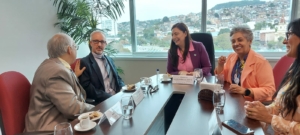
Image (right to left): Professor Amanda Passalini, Pedagogical Coordinator of the North Fluminense Regional Coordination; Professor Joilza Rangel (Undersecretary of Education), Professor Roberta Barreto de Oliveira, Minister of Education of the State of Rio de Janeiro; Dr. Oded Ben-Horin, Head of Department of Arts Education at the Western Norway University of Applied Sciences and coordinator of the Global Science Opera; Dr. Marcelo Souza, Universidade Estadual do Norte Fluminense Darcy Ribeiro\Coordinator of GSO’s activities in Brazil.
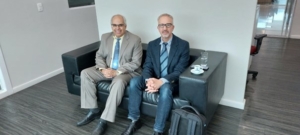
Image (right to left): Dr. Oded Ben-Horin, Head of Department of Arts Education at the Western Norway University of Applied Sciences and coordinator of the Global Science Opera; Dr. Marcelo Souza, Universidade Estadual do Norte Fluminense Darcy Ribeiro\Coordinator of GSO’s activities in Brazil.
GSO in Sri Lanka
/in Ukategorisert /by Janne Iren RobberstadThe wonderful girls in Sri Lanka are collaborating with the equally amazing Indian students in creating the main story for Unfold the Universe. Again we were so warmly welcomed and we had an unforgettable week!
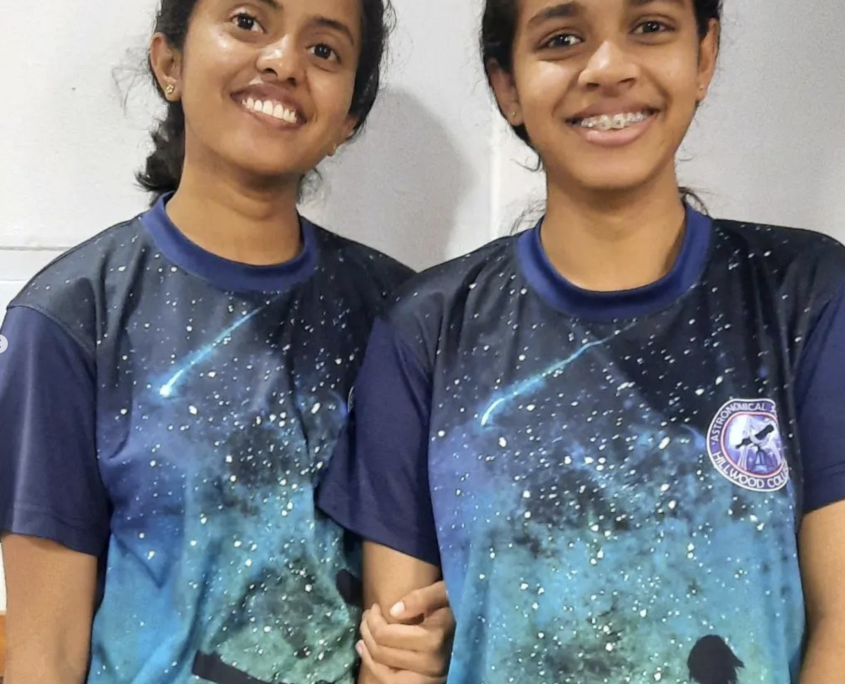
“We are the universe experiencing itself!” was the motto for the science-group. And we sure did experience this week!

A lot of different approaches to creative STEAM-education with new classes all during the week.
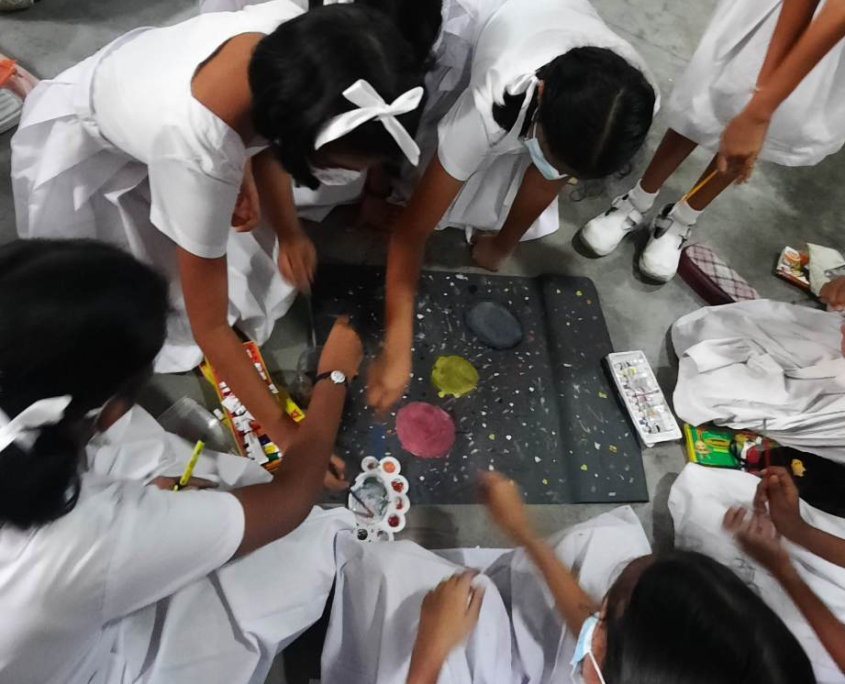
The girls in the science-club, who organized everything during the week, including a science – arts-presentation and the history of the telescope (both available in our teaching resources)
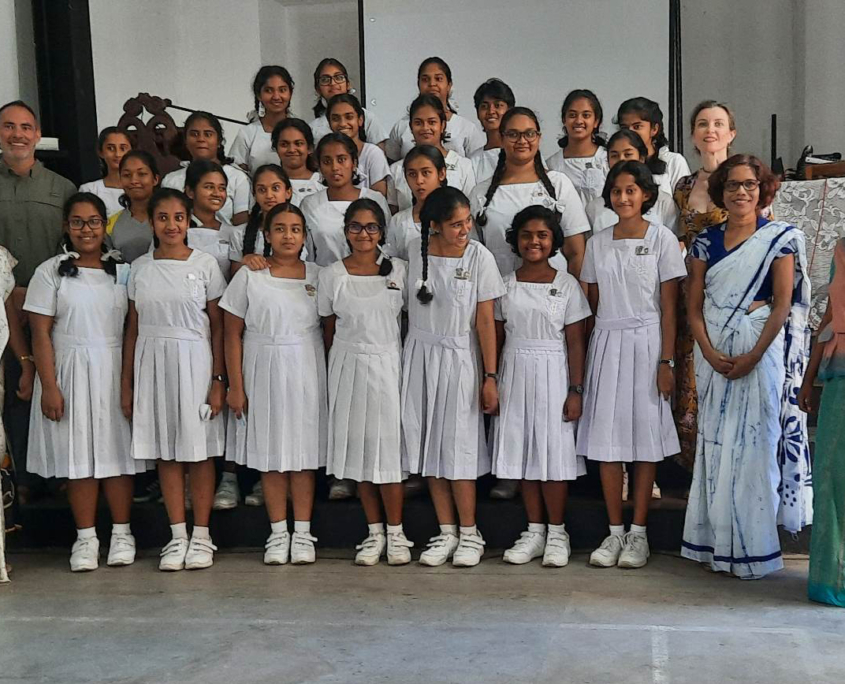
The week ended with an exhibition and several presentations.
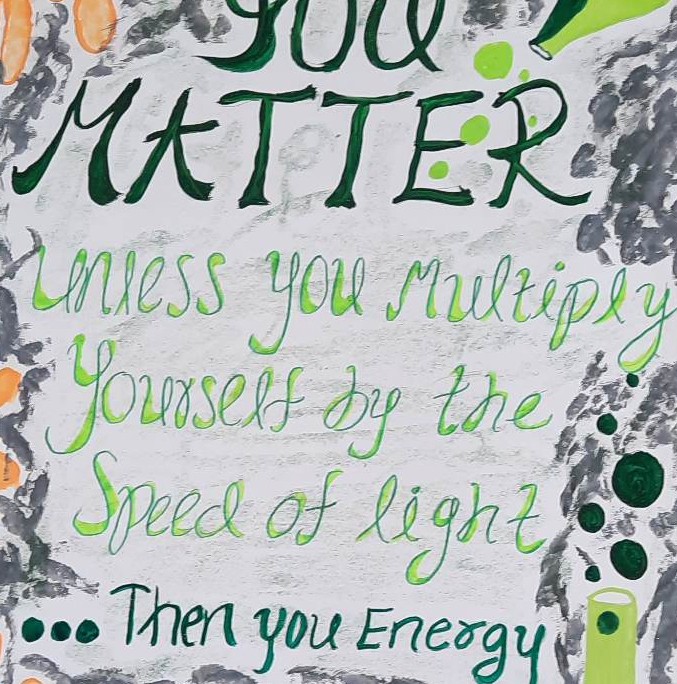
Some of the girls embarking on eco-art – stitching the universe.
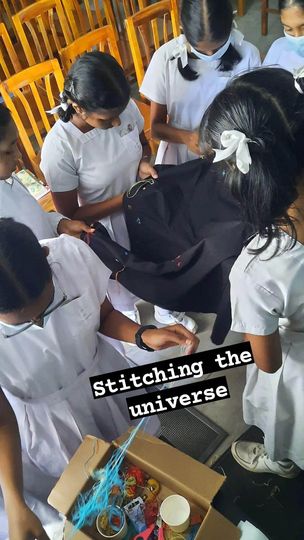
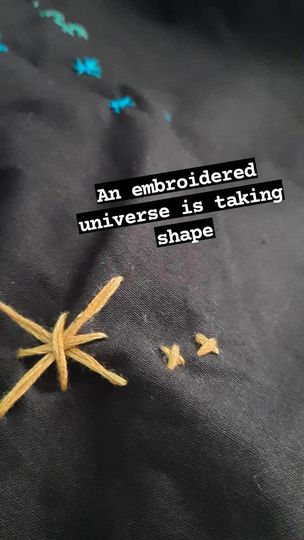
GSO in India
/in Ukategorisert /by Janne Iren RobberstadTwo tutors from the GSO-team visited Gujarat, India in February, leading workshops for the students and teachers who are working with the main-story of Unfold the Universe. It was an amazing experience for the foreigners, being greeted with amazing hospitality and celebration. A few photos will show part of the process in the workshops. Our main partner in India, the KHOJ science | arts | innovation institution and museums were hosts to this incredible week.
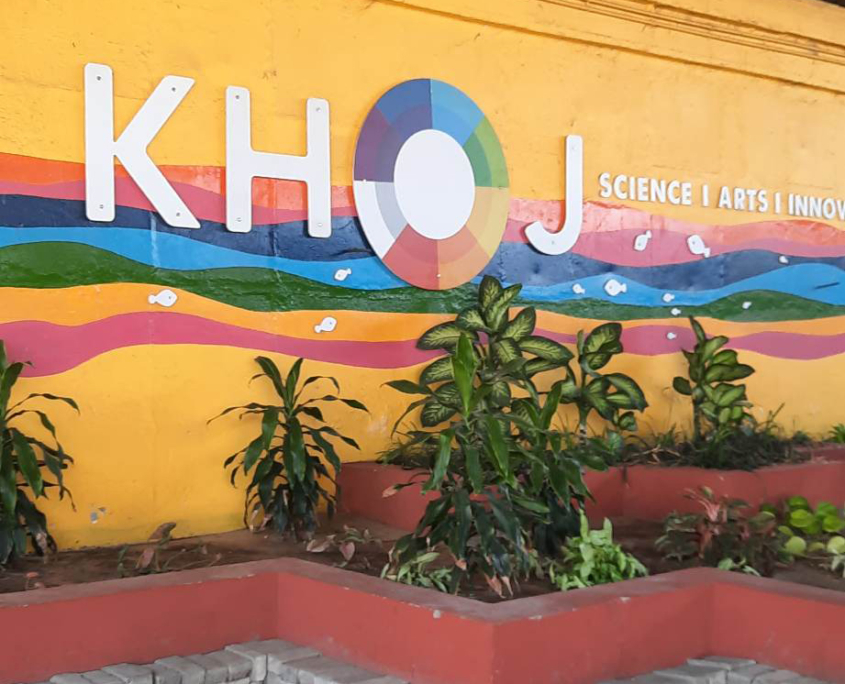
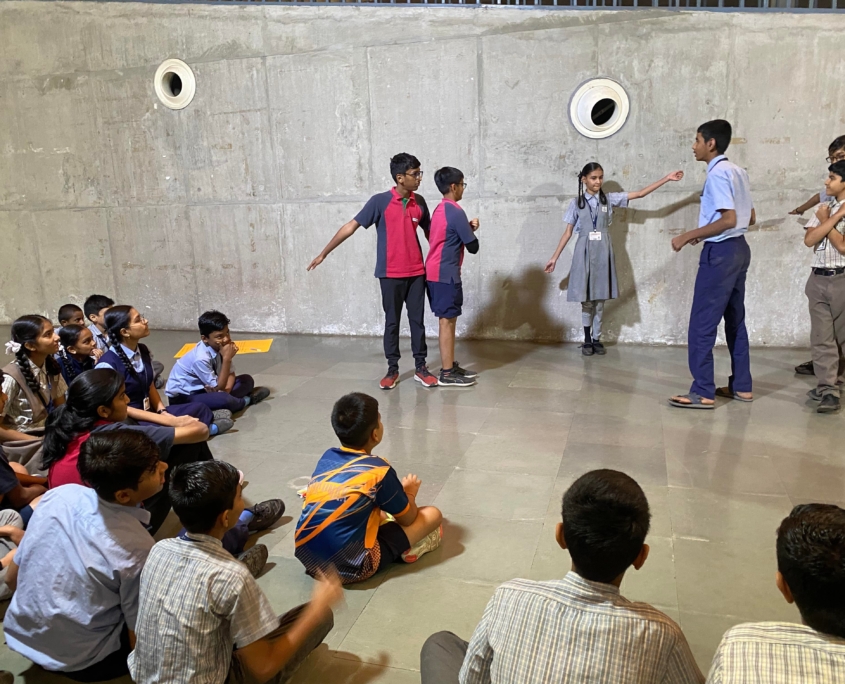

Surat workshop above.
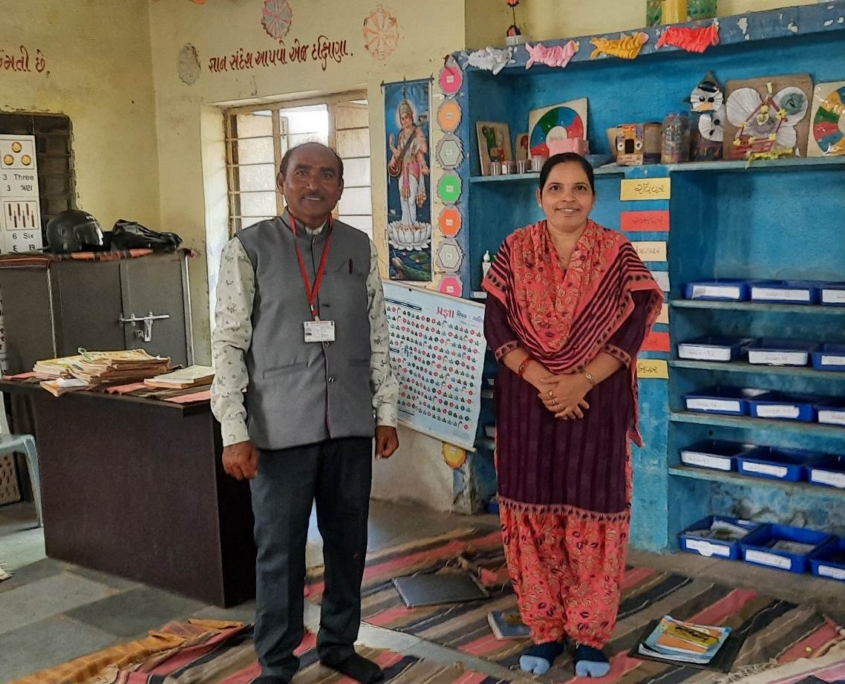
These amazing teachers have guided their students to win prices on the national level in science-education.
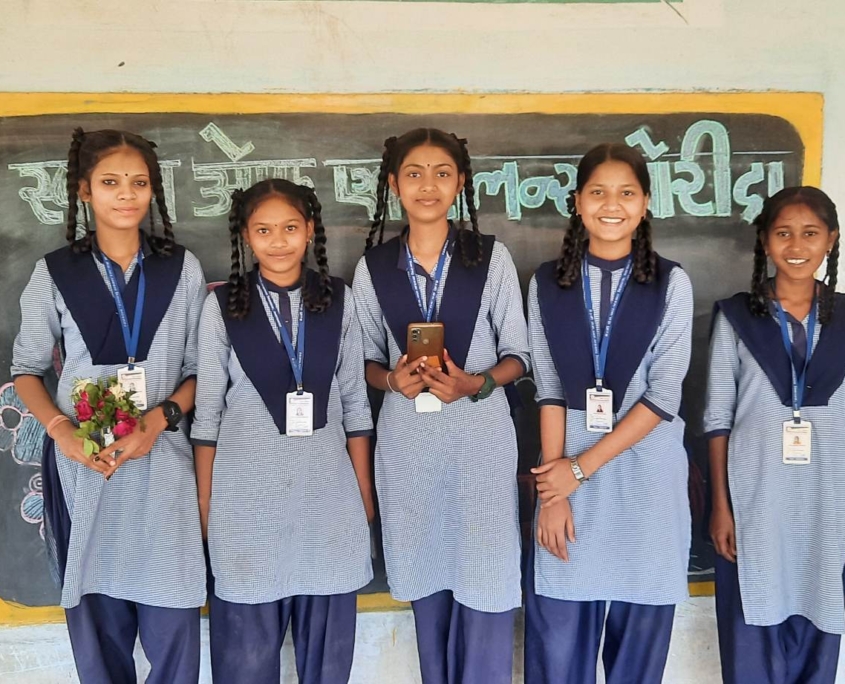
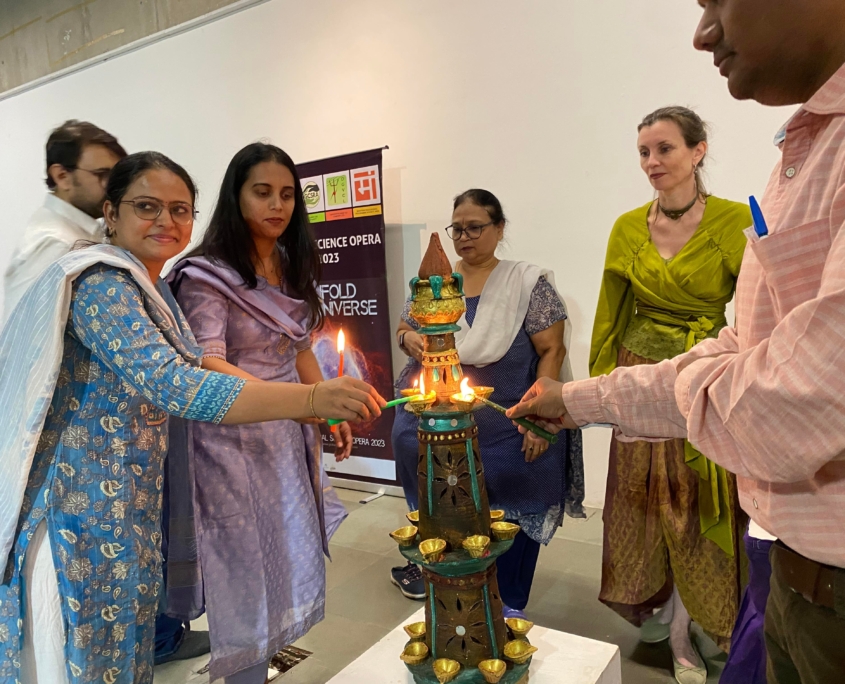
A ritual ceremony before we start the workshop.
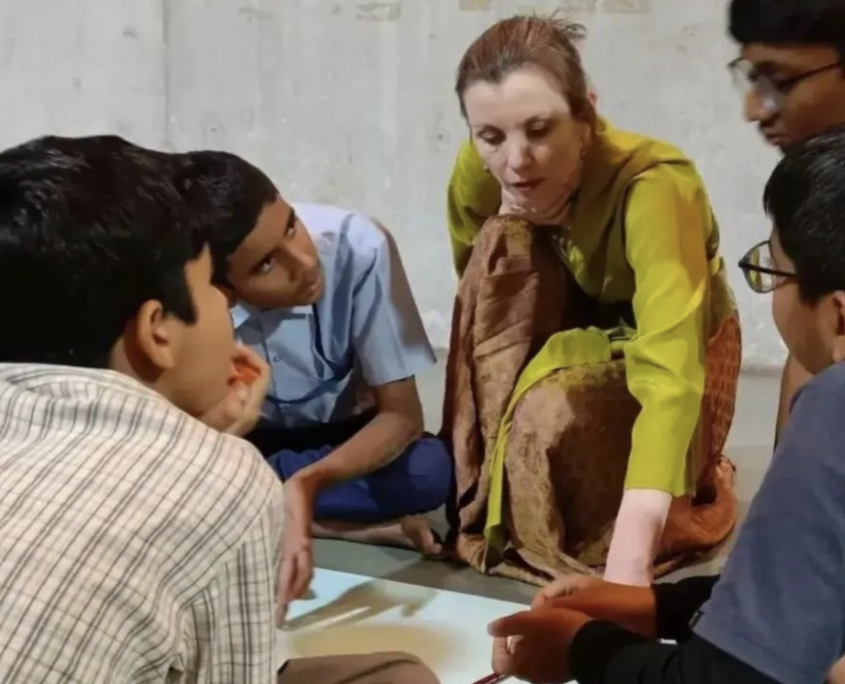
Discussing how we can translate a science-question into a story.
Brazil-visit
/in Ukategorisert /by Janne Iren RobberstadFollowing the week in Colombia, the GSO-team continued on to Brazil. In just seven days we visited Santa Maria Madalena, Sao Joao da Barra, Sao Francesco Itabapoana and Campos, attending the 15th International Meeting of Astronomy and AstroPhysics. In addition to a well of interesting presentations, it was also the premiere of the second Brazil Science Opera!
And as if this wasn’t enough, there was a book-launch of “Aventuras Atraves do Espacio-Tempo – Historia em quandrinos”. This book tells the story of a science opera created by students , supported by three teachers in Campos which had premiered earlier in the spring.
We also managed to squeeze in a nightly road-trip to the National Dark Skies Park.
Below are some of all the wonderful people we met during the week.
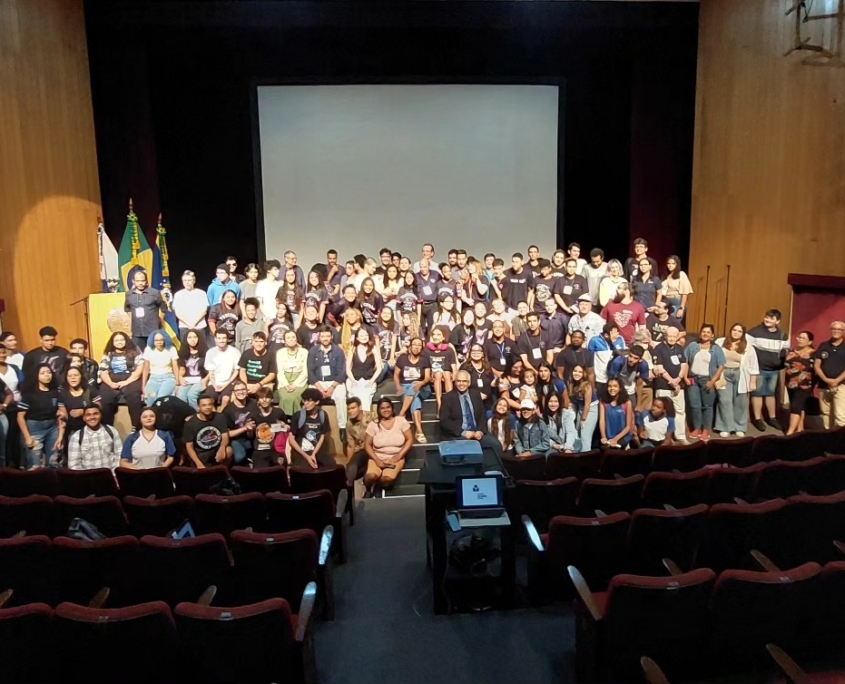
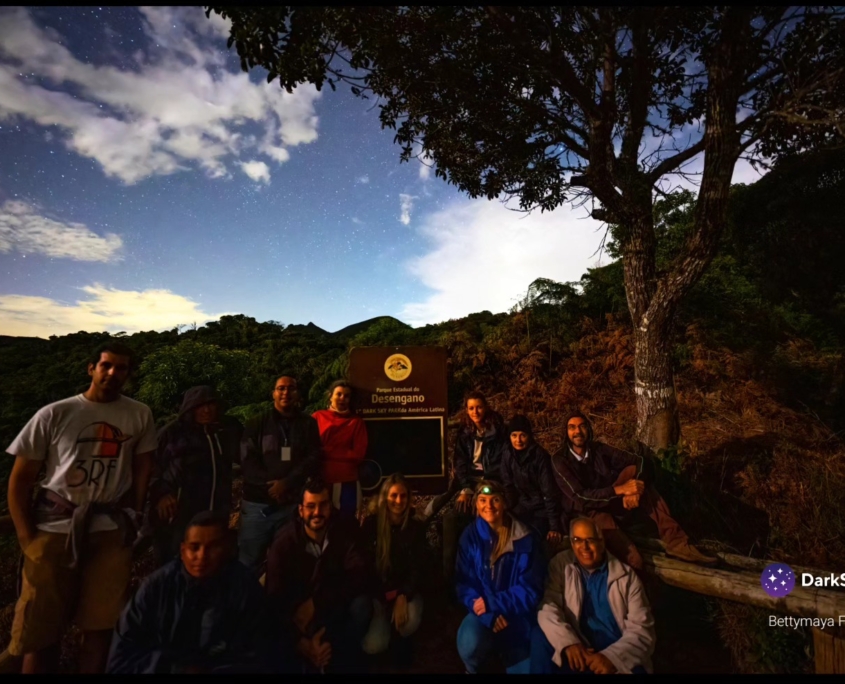
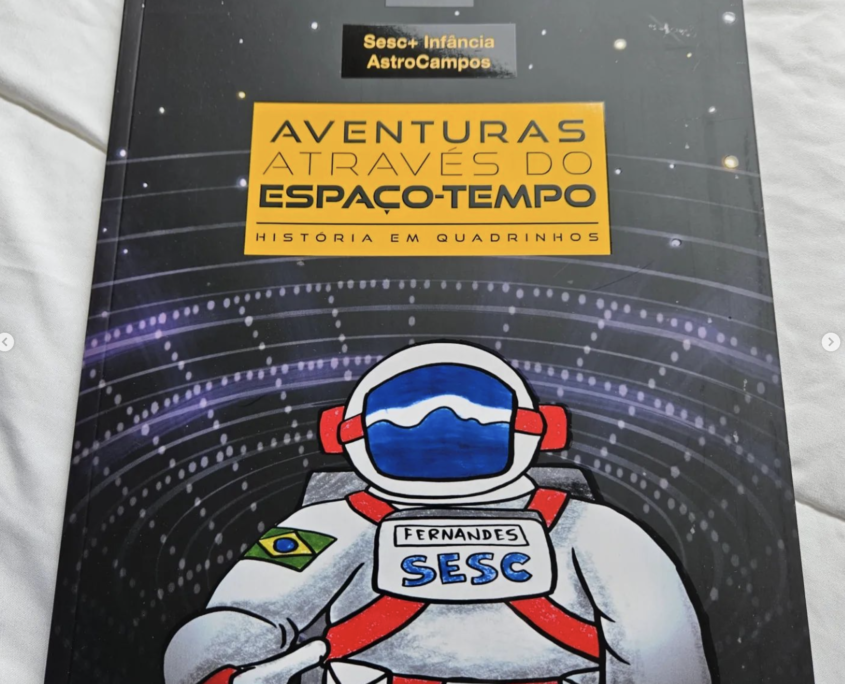
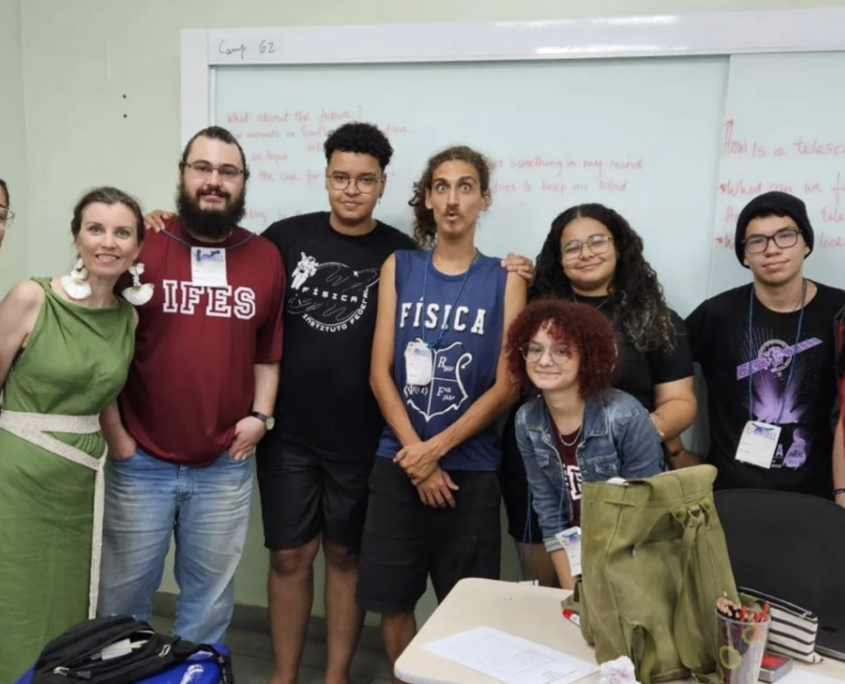
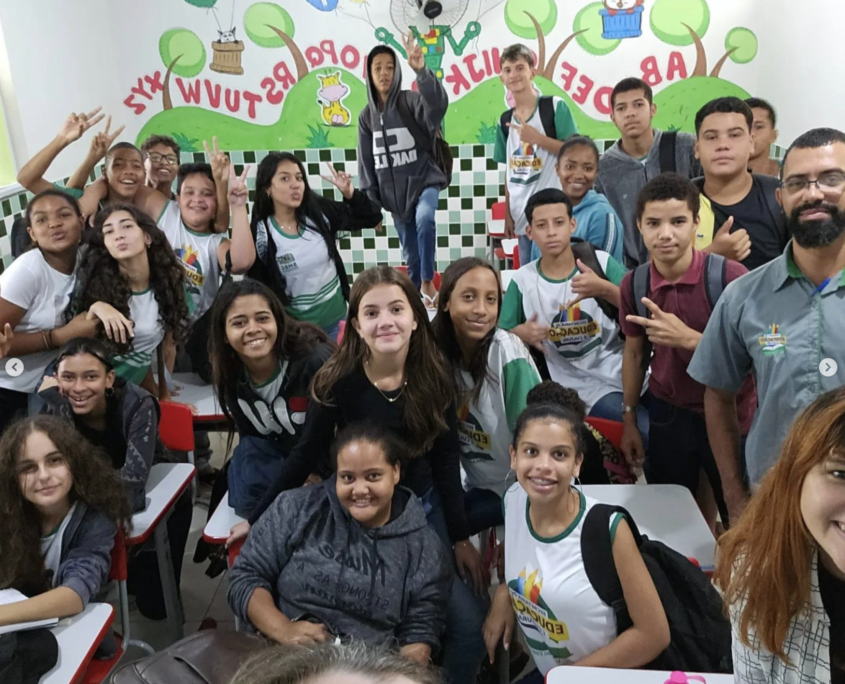
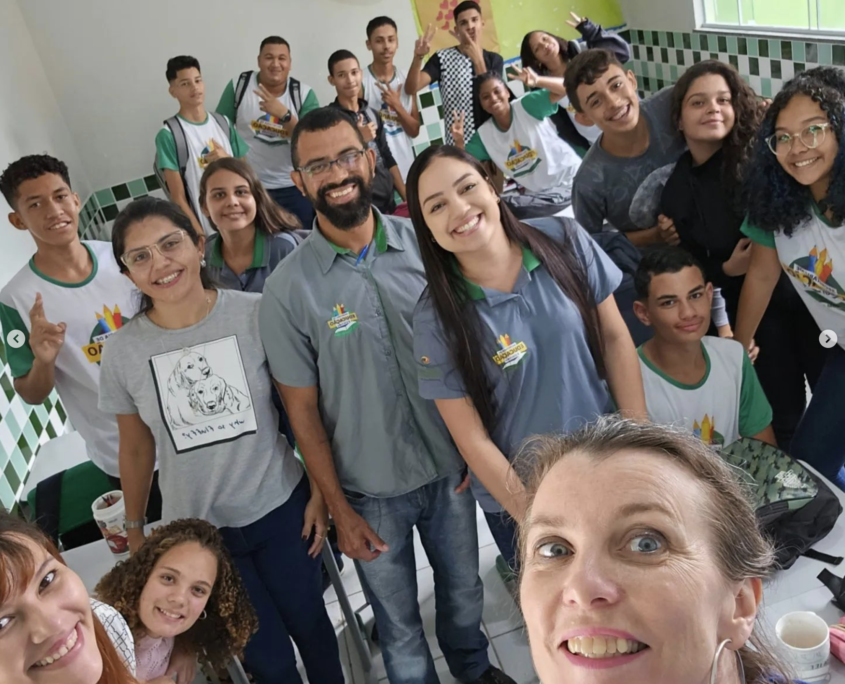
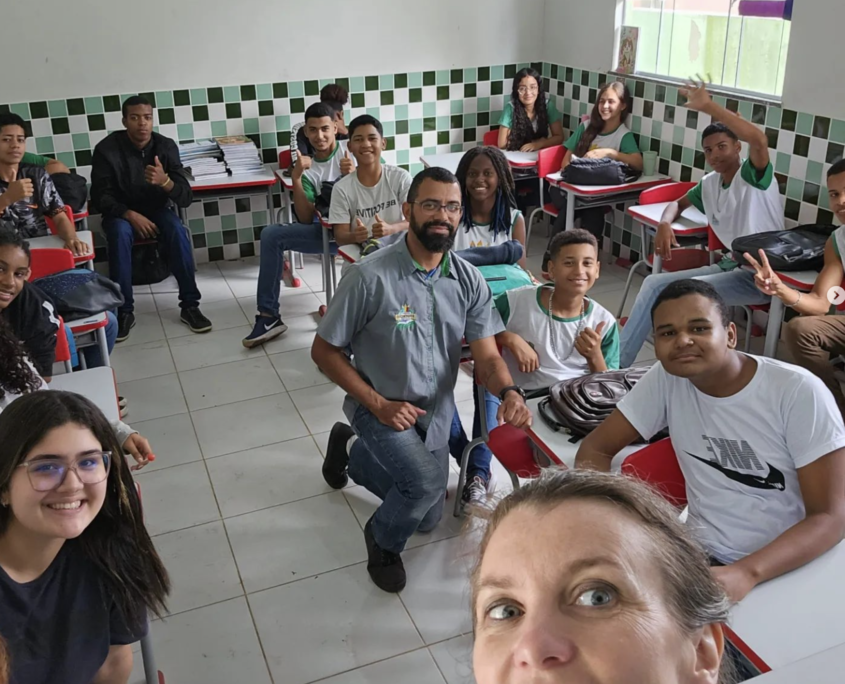
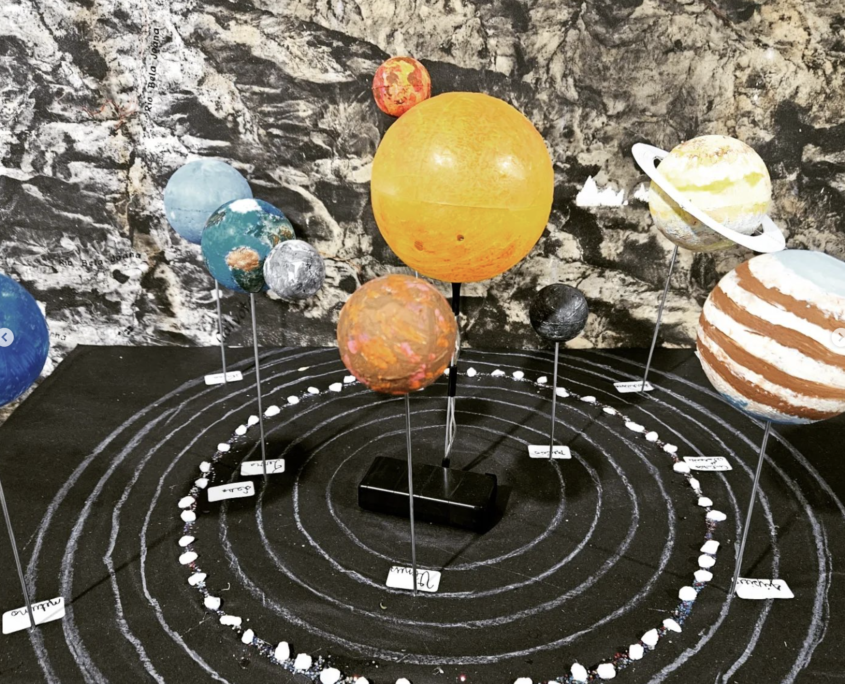

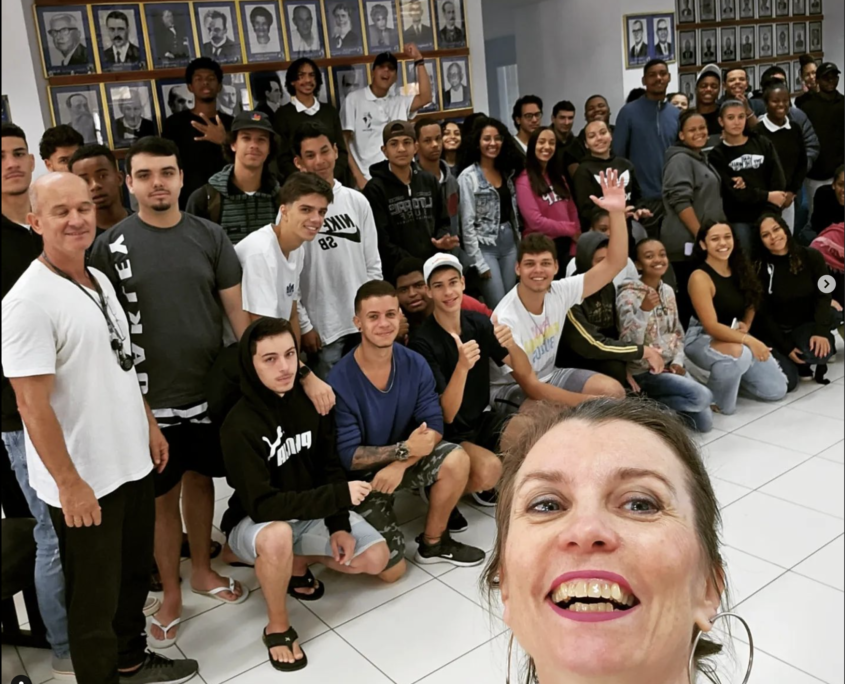
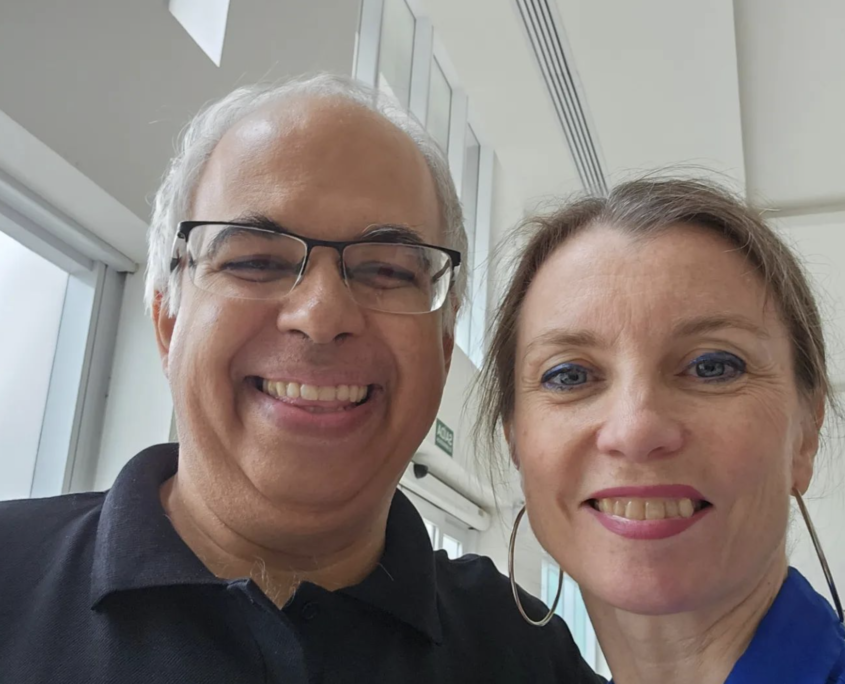
Colombia
/in Ukategorisert /by Janne Iren RobberstadIn April, the GSO-team visited Colombia. We had a wonderful week in beautiful Colombia, meeting so many great people, enthusiastic and engaged. Visiting several Universities and schools.
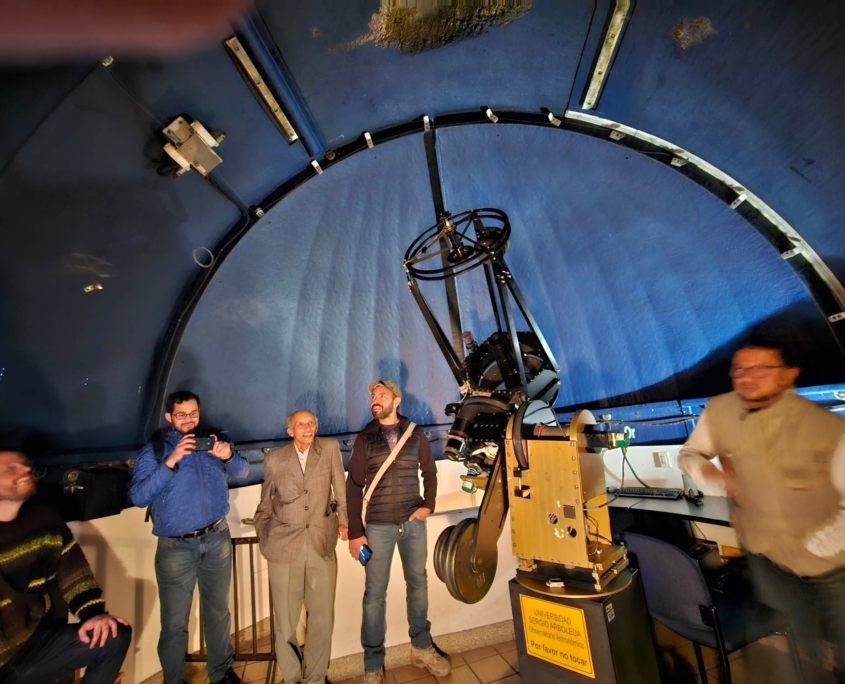
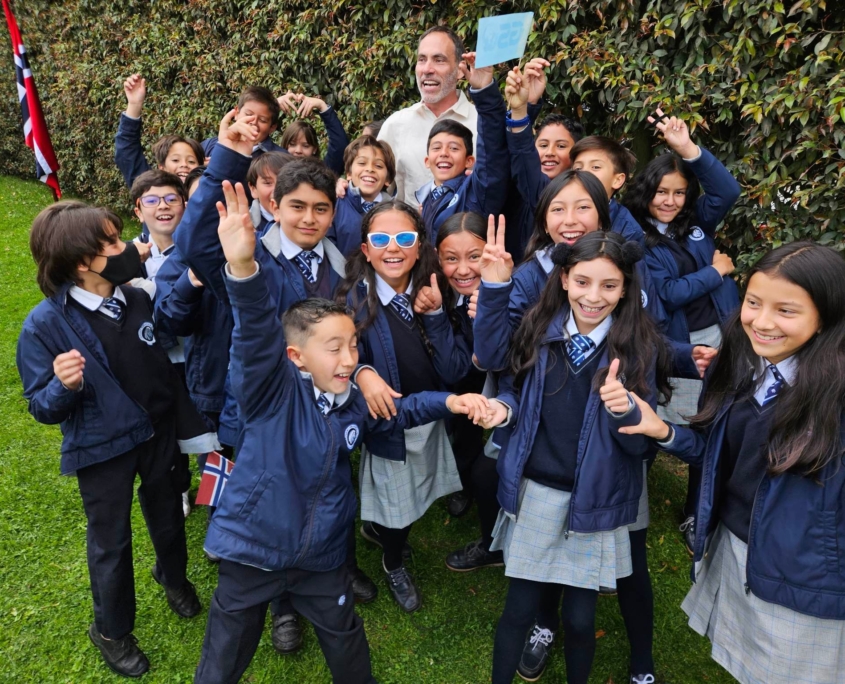
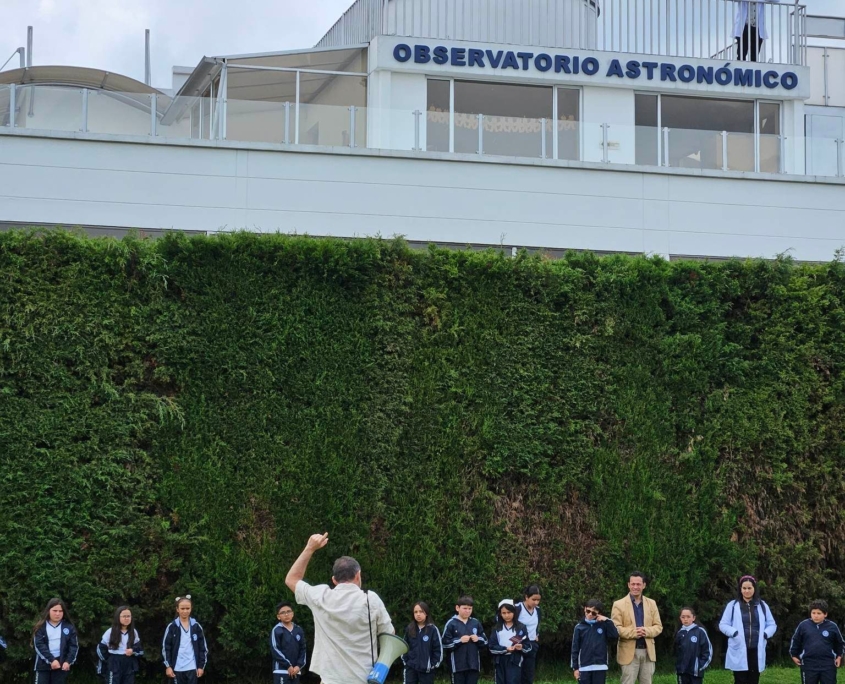
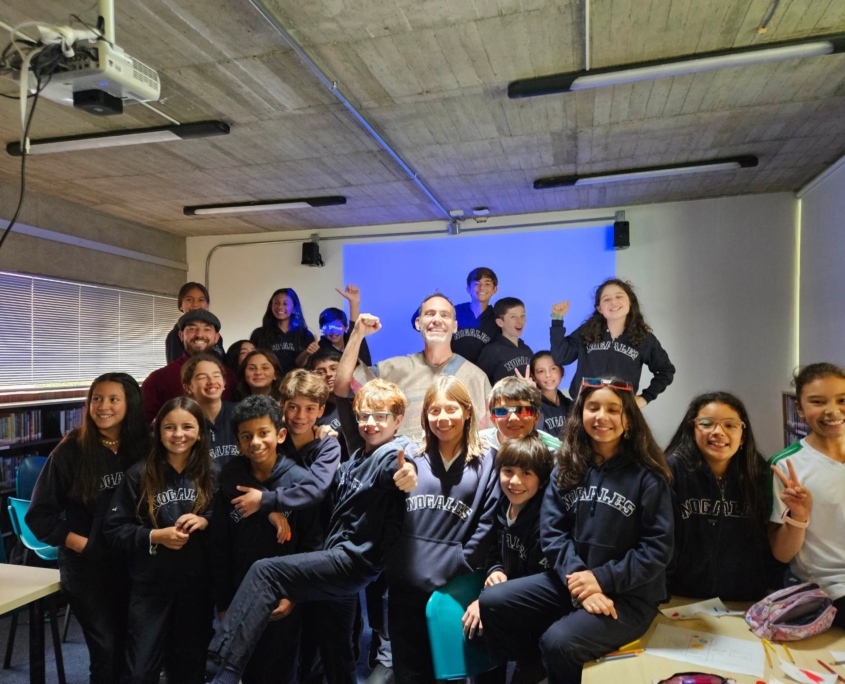

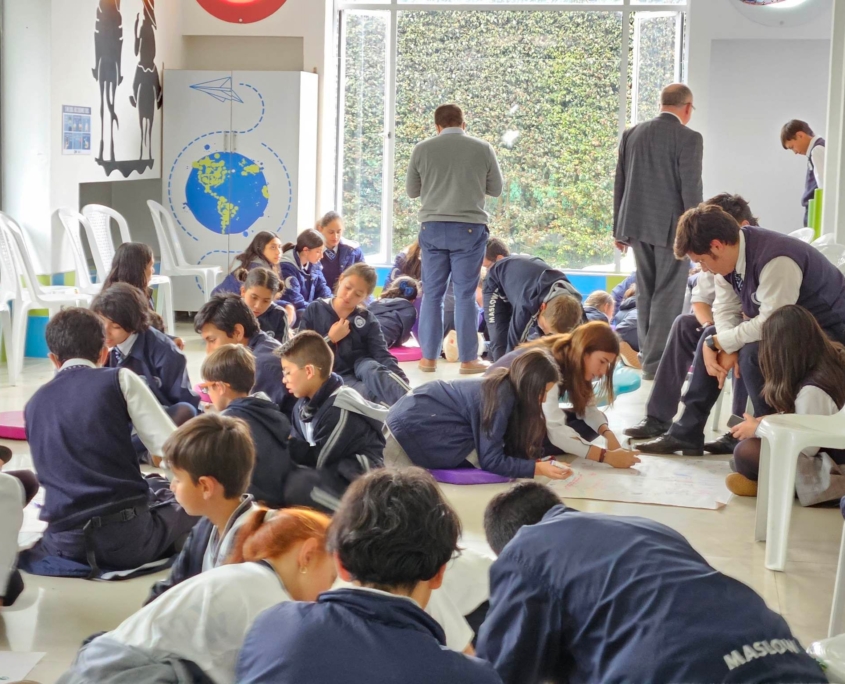
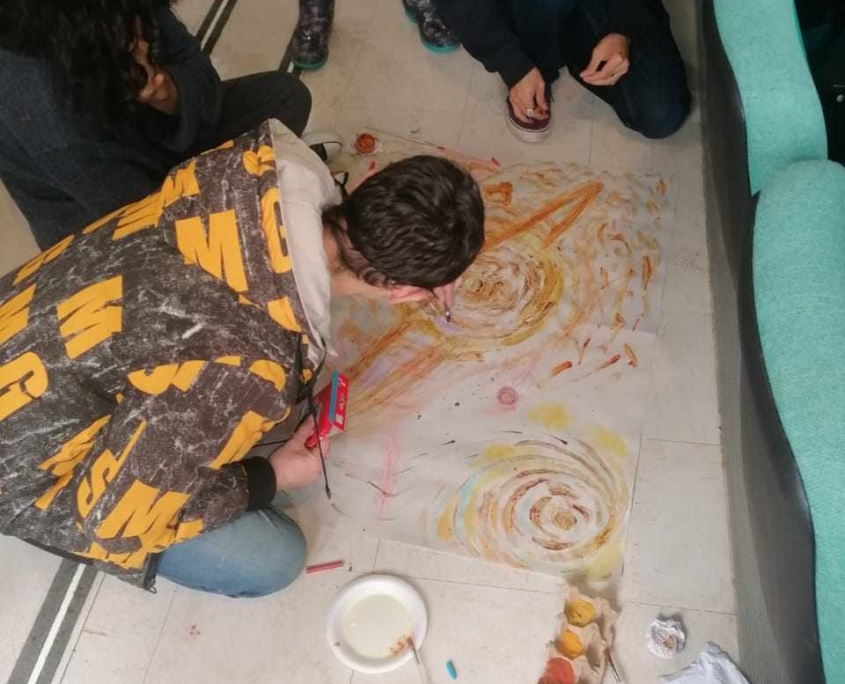
Unfold the Universe – song lyrics
/in Ukategorisert /by Janne Iren RobberstadUnfold the Universe is the title not only of this year’s opera, but also the title of the Global Science Opera Choir song/rap. The music is written by Runa Godø Sæter (who recently delivered her MA about Rap Music Video in the GSO). The lyrics are written by Runa, her 6th grade students in collaboration with AI. Below you can see the text, and here you can find the music.
Lost in the vastness of space, we wonder our place
Floating through the unknown, searching for a trace
Of life beyond our world, a chance to explore
The secrets of the universe, what lies at the core
Stars shine like diamonds, planets spin like a top
Nebulas glow in the dark, never wanting to stop
We’re but tiny specks, in a universe so grand
But our curiosity drives us, to take a stand
Ref: Unfold the universe, let’s see what’s inside
From the stars in the sky, to the galaxies that hide
We’ll unravel the secrets, and explore the unknown
The universe is waiting, let’s make it our own.
Black holes that consume light, nothing can flee
We’re drawn to them like moths to flame, their mysteries we’ll see
Their power entices us, their pull we can’t ignore
Into the unknown we’ll venture, to explore even more
Our solar system with planets of every kind
Each one unique With secrets they’re designed
To reveal to those who seek, to uncover the truth
Of how we’re all connected, in this infinite cosmic youth
Ref: Unfold the universe, let’s see what’s inside
From the stars in the sky, to the galaxies that hide
We’ll unravel the secrets, and explore the unknown
The universe is waiting, let’s make it our own.
Apollo 11, a mission so bold
Neil Armstrong’s steps, a story forever told
Laika and Sputnik, the first steps in space
We’ve come so far since then, at an astonishing pace
Aliens that may exist, we wonder if they’re near
Or perhaps they’re far away, with technology we fear
But we’ll keep searching, our curiosity strong
To find the unknown, where we truly belong
Ref: Unfold the universe, let’s see what’s inside
From the stars in the sky, to the galaxies that hide
We’ll unravel the secrets, and explore the unknown
The universe is waiting, let’s make it our own.
Red giants and white dwarfs, a star’s final stage
Explosions that light up the sky, even at an old age
Dwarf planets and comets, meteors that fly by
The universe is always changing, never telling us why
The big bang that started it all, a moment so profound
A universe created, where mysteries are found
We’ll continue to explore, to the edge of time
Unraveling the universe, a journey divine.
Bridge:
Infinite possibilities, endless horizons to see
We’ll journey far and wide, through the galaxy and the sea
Discovering new worlds, unlocking secrets untold
The universe is our playground, a story waiting to unfold
Ref: Unfold the universe, let’s see what’s inside
From the stars in the sky, to the galaxies that hide
We’ll unravel the secrets, and explore the unknown
The universe is waiting, let’s make it our own.
Coda: Multiverses may exist, infinite possibilities
A place where time and space have different realities
Alternate versions of ourselves, living different lives
Is there another «I»? The question still survives
Mind the Gap
/in Ukategorisert /by Janne Iren RobberstadAccording to @MindtheGapEU, an Erasmus+ project where GSO is represented as one of the approaches, digital technology can increase participation in arts education by breaking down geographical and social barriers, enabling educators to connect with communities who rarely participate in cultural experiences. Check out @MindtheGapEU guidelines and recommendations for how create inclusive art practices, on the webpage .
